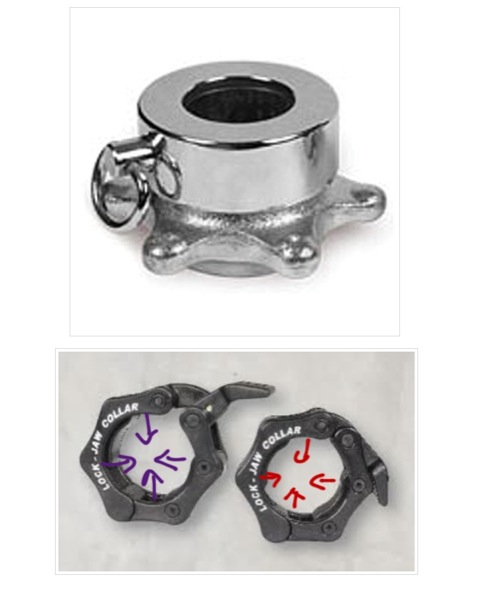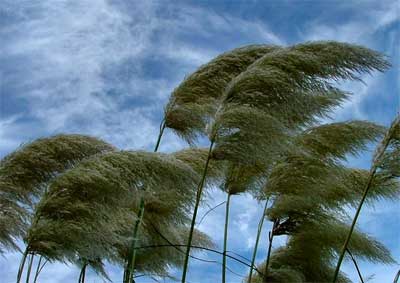Steal This Drill: Half Court Battle
 Sunday, December 18, 2011 at 10:50AM
Sunday, December 18, 2011 at 10:50AM  CAtennis
CAtennis Here is another great drill for developing proper court instincts, basic strategy, ball control as well as physical and mental toughness. When playing points - and not many juniors play sufficient points in practice - it is sometimes important to break away from the routine of simply playing to win and actually work on getting better. One of the ways to work on improving is to actually limit the possibilities for your shots and see how good you really are.
For example, in the first drill, use plastic lines or tape to demarcate 1/3 of your opponent's side. That's the "out" zone and on the diagram to the left this area is hashed out in white. However, leave an 8 ft x 8 ft box in the corner formed by the deuce service line and the deuce side-line (singles) - short-angle temptation. If you hit the ball in that area, the ball is still good. Play point where the unhandicapped player is serving up to 11, 15 and 21 and then switch roles. In this game, see how good you are at managing to control the shot into 2/3 of the court - particularly hitting a deep ball to the backhand. Remember, most points at the development level are, in fact, played in that portion of the court. Often times, however, juniors play sets and they slap the ball nilly-willy hoping that it will go in. Sometimes, they aim cross-court but the ball goes anywhere but near the intended target. Of course, if the ball goes in, there's no penalty except when the opponent is there to intervene and punish your lack of accuracy and control. But, with this being practice, there should be a penalty for the unintended consequences since the purpose is to sharpen your skills.
In other words, when it comes to a lot of junior players, accuracy and control are too often sacrificed at the altar of power. However, if you don't know where you are capable of hitting the ball, your game will suffer since it will be difficult for you to create any strategy to help you succeed. As stated above, this is also a way to test and develop your mental and physical toughness because you will have to grind long points while your opponent pushes you around the court. That's OK - this is what tennis is all about: GRIT.
In the second drill, the concept is the same but the game becomes a bit tougher. In this alternative, more than 1/3 of the court is marked off for one of the players - perhaps close to one half. The 8 ft x 8ft box remains, however, to tempt one of the players to still for this shot which, in this scenario, is fairly low percentage. Again, the player should attempt to play points where, as in the first drill, the unhandicapped player attempts to work his opponent around the court. The handicapped player has to be even tougher than in the first drill and his shots have to be way more accurate.
When performing this drill, you will really see the importance of actually hitting your targets in practice - target practice is not just for show; there's an actual purpose behind it and being proficient at hitting your targets (from anywhere in the court; whether you are standing still or are on the run) will help you develop more sensible offensive and defensive plays.
The dimensions outlined above could, obviously, be adjusted to fit the particular scenario. For example, better players (good juniors or college players) may only require a 3 ft wide sliver ("out" zone) to make the game very challenging (as opposed to 1/3 of the court). Also, the safe zone box could be enlarged or reduced to suit the players' skills. The game could also be coupled with a "one serve only" practice or "mirrored" (I.e., the opposites side of the court could be marked off).
Again, the key is to be (or become) a thinking player and work on practicing with the purpose getting 1% better today than you were yesterday. By varying your practice your mind will be more engaged on the task at hand while still being competitive.



